Have you ever kept a journal or a diary? Did you ever travel with your journal?
In 1868, Texas cowboy Jack Bailey kept a journal of his experience on a cattle drive. It is one of the earliest known day-by-day, first-hand accounts of a cattle drive from Texas to Kansas during the period just after the Civil War.
The era of the cattle drive was a short-lived period, from about 1865-1895. But it is from this period of the open-range cattle industry that many of the myths, legends, or heroic concepts we have of cowboys today was derived.
It’s estimated that 6-9 million head of cattle were driven by cowboys from Texas to Kansas between 1867-1886. What do you think was the average age of the cowboys who drove these cattle?
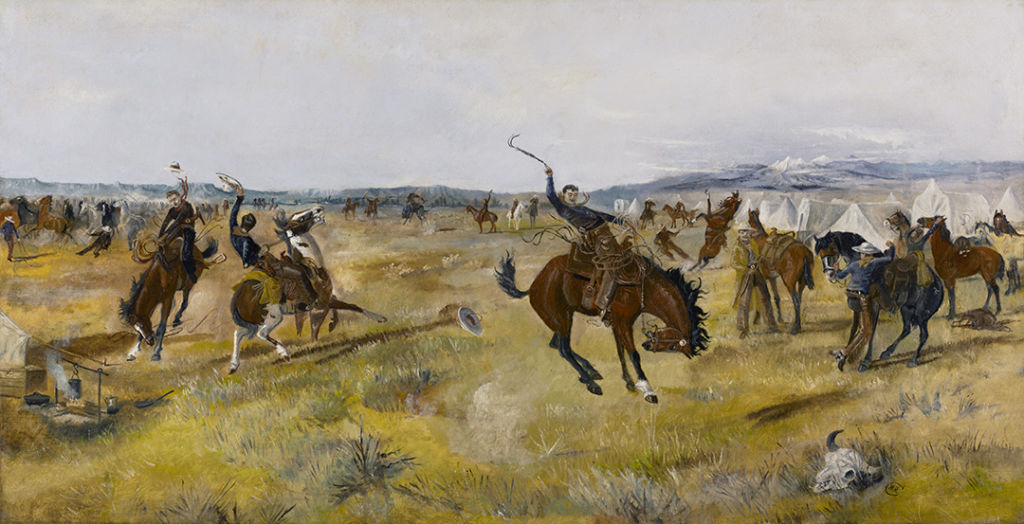
Charles M. Russell | Breaking Camp | ca. 1885 | Oil on canvas | Amon Carter Museum of American Art, Fort Worth, Texas
Most of these cowboys were young men in their late teens early twenties. Jack Bailey was 37 yrs old when he ventured on his 3 month journey. Relatively speaking, Bailey was an old man doing a young man’s job.
How often do you find a cowboy who keeps a journal while on the job? The answer is not often. Most accounts of the cattle drive experience we have are recollections told decades later. The earliest known diary of a trail drive was kept by George Duffield in 1866, two years before Jack Bailey’s journey. But Duffield’s record contains little detail of the drive, only short summaries of each day’s activities. In contrast, Bailey’s journal is a narrative. He shares a story, the ups and the downs, sprinkled with a few humorous anecdotes.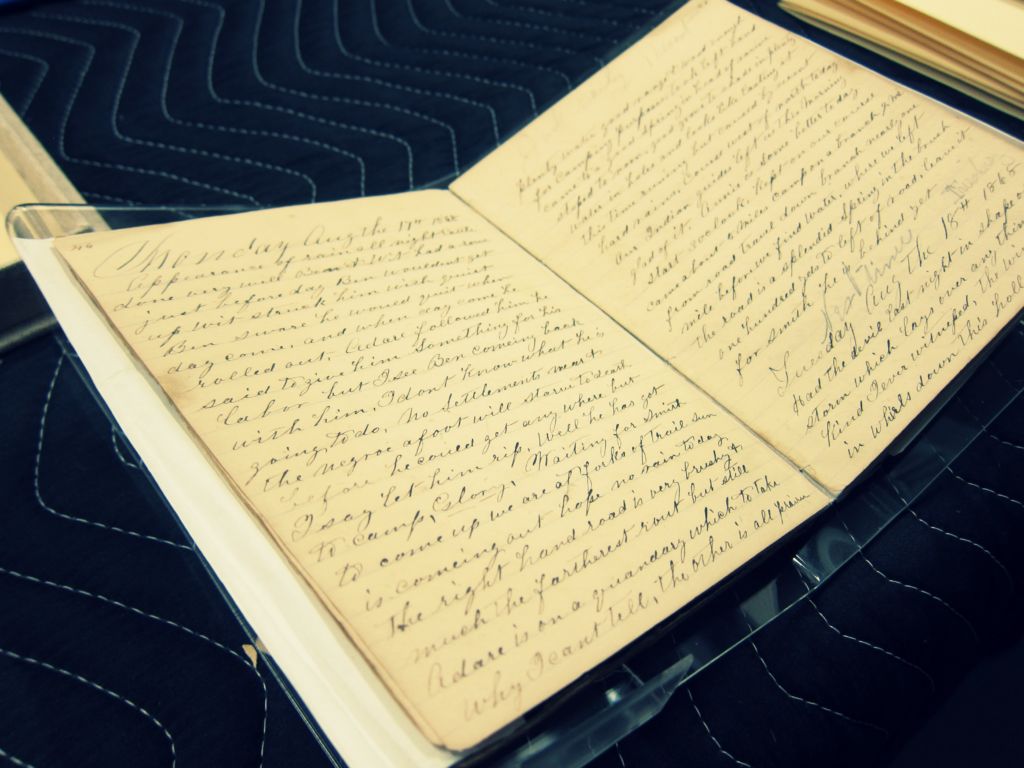
Bailey kept his journal in a small notebook, similar to the ones sold in drug and general stores in the West during the late 1860s. Aside from a few dates that are printed at the beginning of entries, everything else is written in black ink, perhaps iron gall.
Bailey’s writing consistently stays within the printed blue lines. Remember that he’s writing these entries while on the trail, not from the comfort of a desk at his home. Bailey’s penmanship is good, suggesting that he learned it in school, where he would have learned Spencerian handwriting.
Do any of you remember learning cursive in school? Do you still write in cursive?
In the mid-1800s, abolitionist and bookkeeper Platt Rogers Spencer attempted to democratize American penmanship by formulating a cursive writing system, known as the Spencerian method, which was taught by textbook. Schools and businesses quickly adopted this form of handwriting, so much so that the Spencerian form of penmanship became the standard at time when an elegant handwriting was much prized.
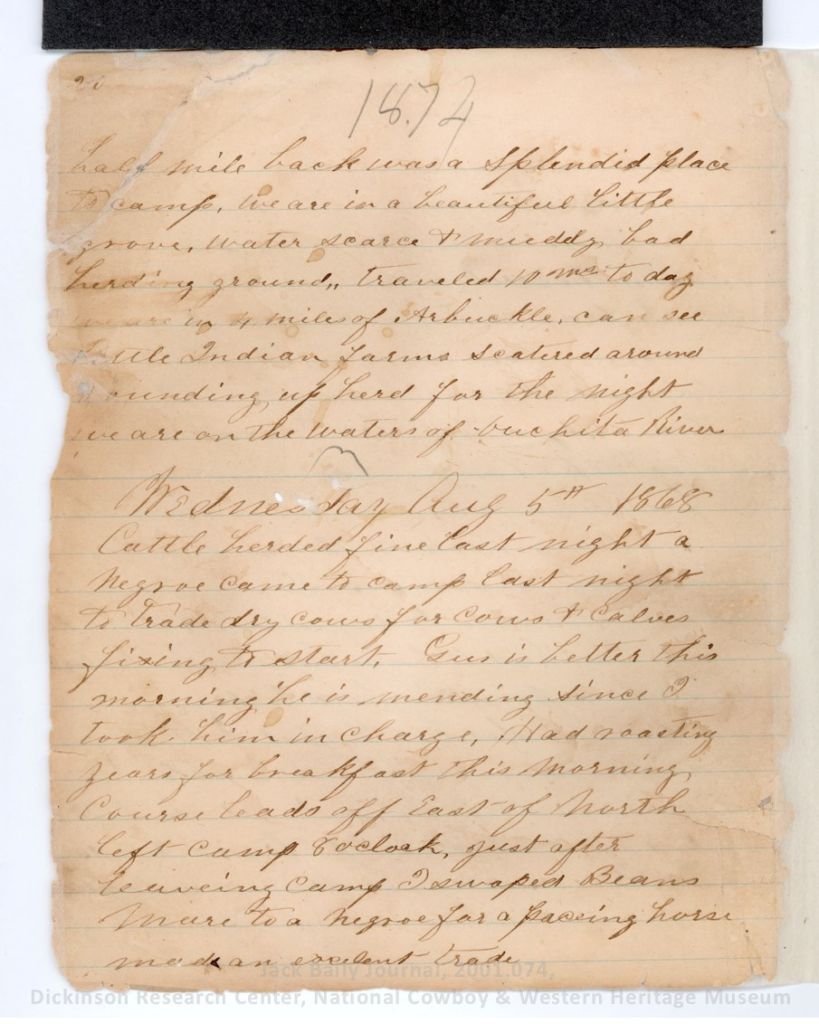
Jack Baily Journal, 2001.074, Dickinson Research Center, National Cowboy & Western Heritage Museum
 How many of you still mail hand-written letters to friends/relatives and write notes to loved ones? Today, in our computer age, a fine, beautiful, and legible handwriting brings a warm personal touch to our correspondence. The museum recently hosted a program in which participants learned the principles of Spencerian script, practice their handwriting, and even learned how to fashion their own feather quill pen.
How many of you still mail hand-written letters to friends/relatives and write notes to loved ones? Today, in our computer age, a fine, beautiful, and legible handwriting brings a warm personal touch to our correspondence. The museum recently hosted a program in which participants learned the principles of Spencerian script, practice their handwriting, and even learned how to fashion their own feather quill pen.
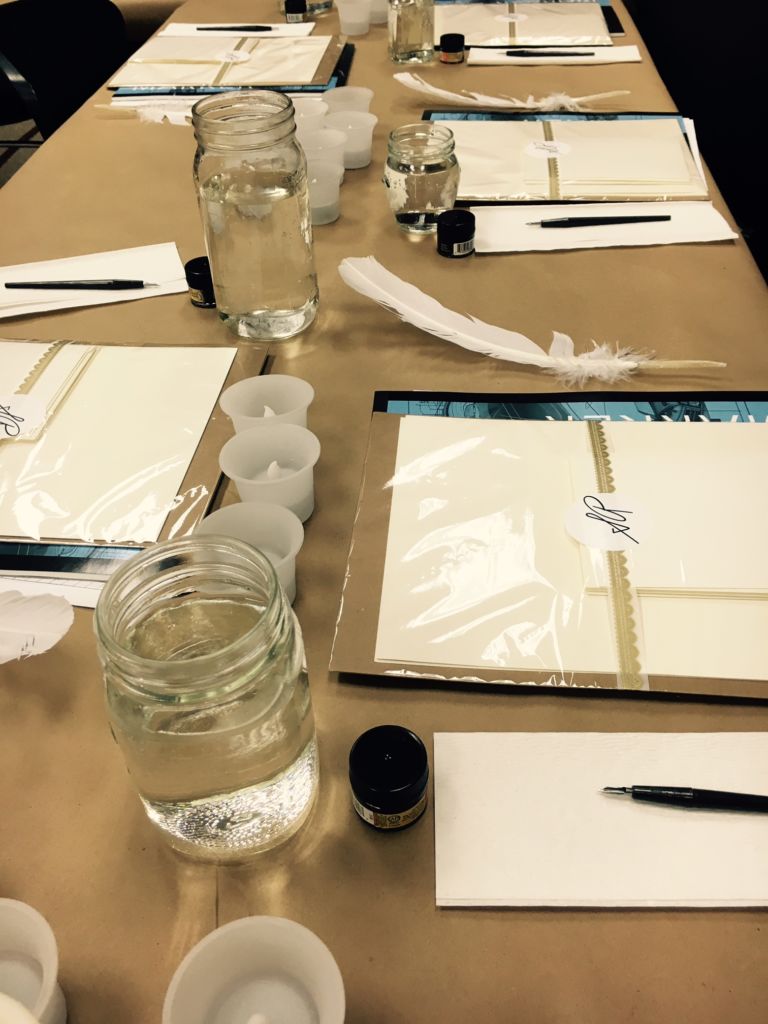




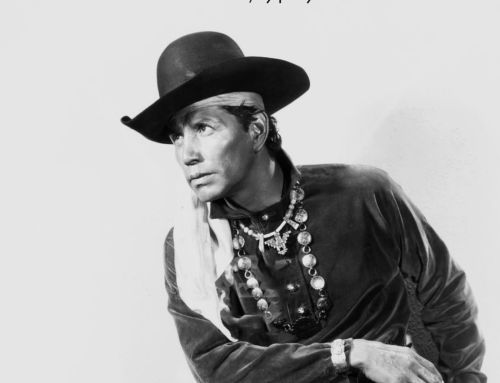

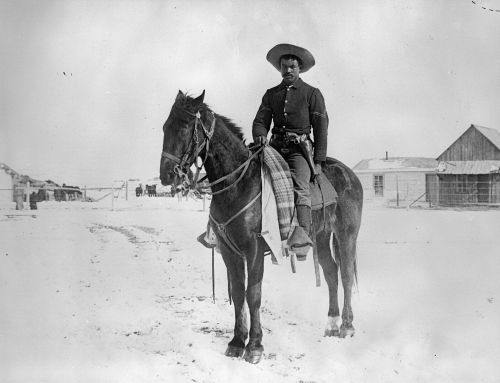
Leave A Comment